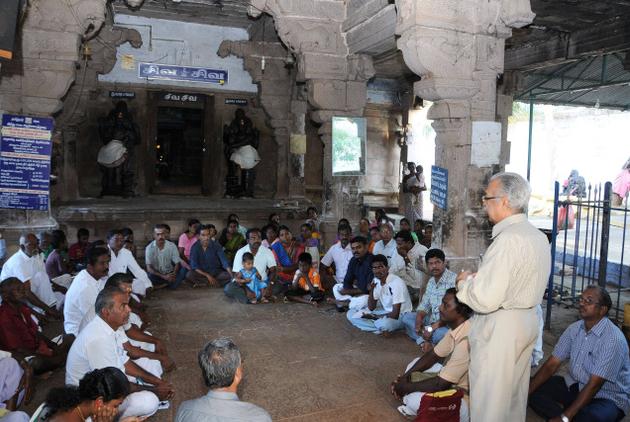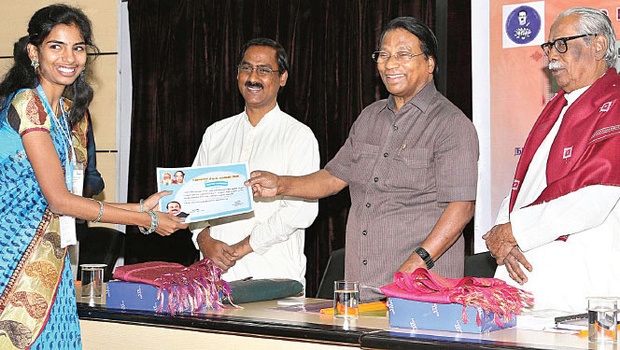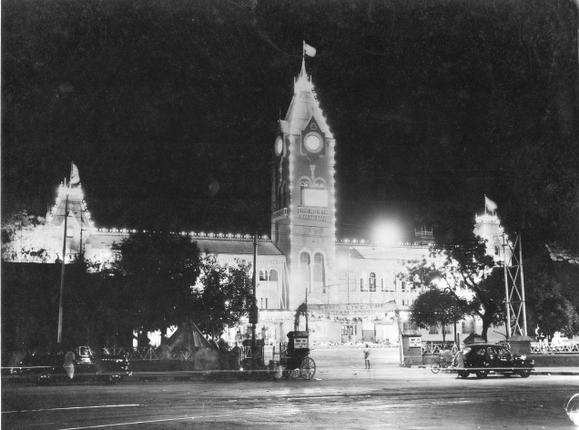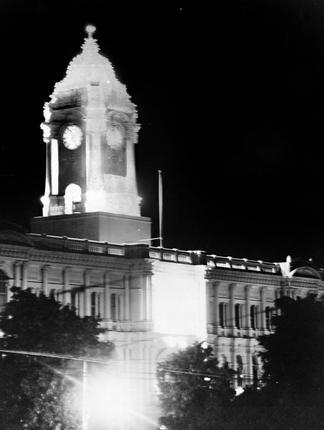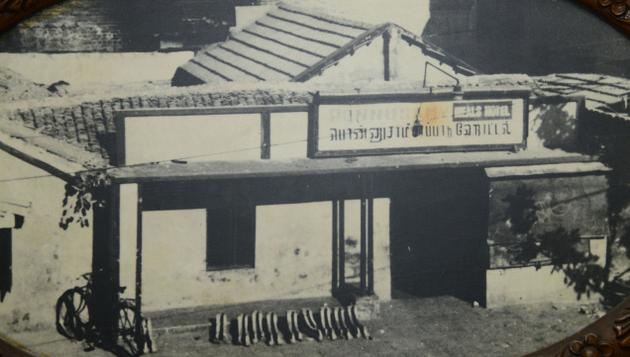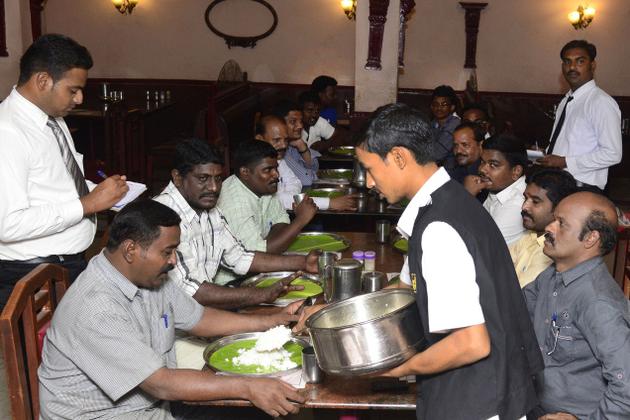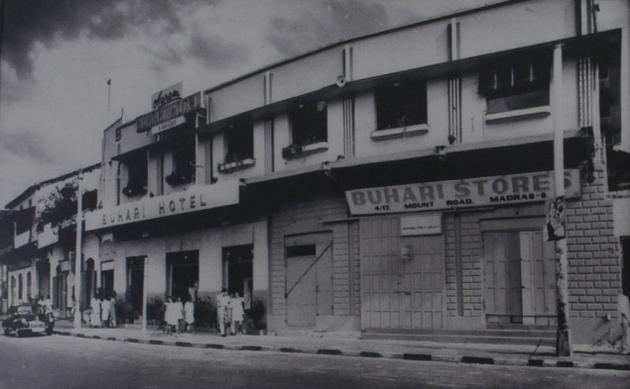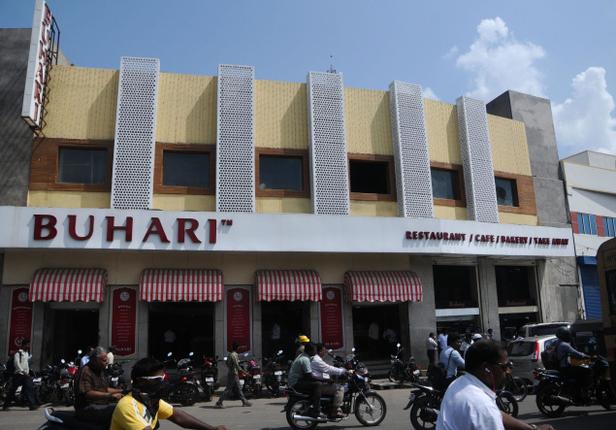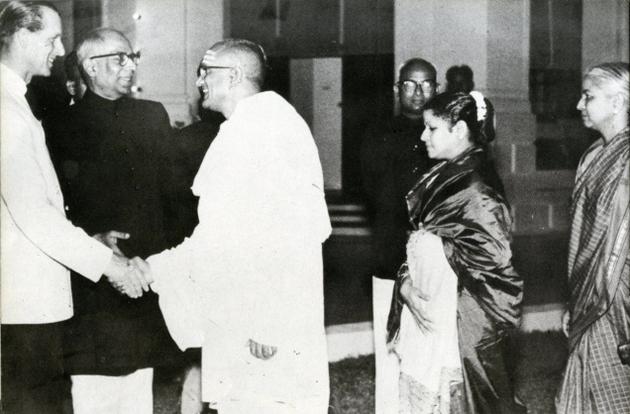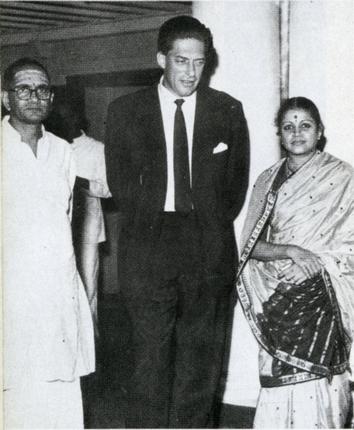Thanjavur :
Efforts are being taken to renovate the moats (agazhi) surrounding the entire Brahadeeshwara temple for a 2.5 km stretch and also the big fort in the city that span for 4 km. The moats that were built during the Chola period used to be completely filled with water and were intended to defend against any attack from the enemies. Once the moats are cleared, the administration is planning to operate boats between the small and big forts to promote tourism.
For long, the moats have been a subject of issue and several organisations voiced concerns over the protection of the structures, which have now been taken up for renovation. The big fort moat that surrounds the city spans for 4 km in which about 3.4 km have been cleared of the thorny bushes and other establishments that were obstructing the flow of water, while work on the small fort protecting the temple for 2.5 km has been taken up by the Archaeological Survey of India (ASI).
According to officials from Intach (Indian National Trust for Art and Cultural Heritage), the mission is to clean the entire premises and to allow operation of boats in the river from the big fort to the small fort, which in turn would boost tourism. Muthukumar Sathyamurthy, honorary secretary, Intach said, “The clearing works began six months ago and has been moving at a tremendous pace and we are expecting the first boat to be operated on September 27.” The entire moat surrounding the city was completely occupied by agricultural land and encroachments, which delayed the project.
He further added that the moats are weak as they were built 1,000 years ago during the Chola period and the water is now freely flowing into the passages nearby. The water is currently flowing from Pudhu Aaru into the passages, which is an advantage for the tourism department to operate the boats. Since the entire project is gigantic, several departments like the public works department, tourism, ASI and the district administration have come together.
source: http://www.timesofindia.indiatimes.com / The Times of India / Home> City> Trichy / TNN / September 21st, 2014

